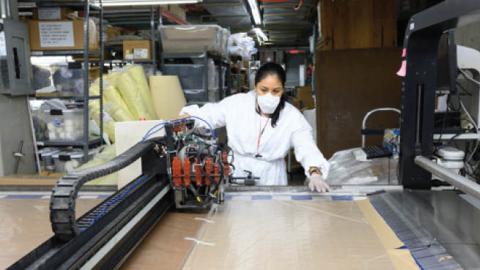Introduction:
The ongoing, devastating effects of COVID-19 are strengthening US resolve to increase “economic distancing” from China. There is growing discussion about economic “decoupling”, “disentangling” and “diversifying” away from China to ensure a more self-reliant and resilient United States that is less exposed to consequences of decisions made by the Chinese Communist Party. What will an economic separation from China look like and what does the US need to do to protect and advance its interests?
This policy memo argues:
* Many traditional and current products for Asian consumers, even if produced by American firms, will continue to be made or assembled in China.
* There will likely be a trend towards producing products for American consumers in America or in geographically proximate economies such as Mexico.
* Regardless, there will be greater efforts by the US government and firms to capture more of the value in global production processes.
* The most disruptive battleground will be in the enabling technology sectors neatly captured in Beijing’s Made in China 2025 (MIC) blueprint.
* The US should increasingly develop approaches to deny or restrict Chinese firms access to capital, markets, and know-how in the MIC sectors.



















